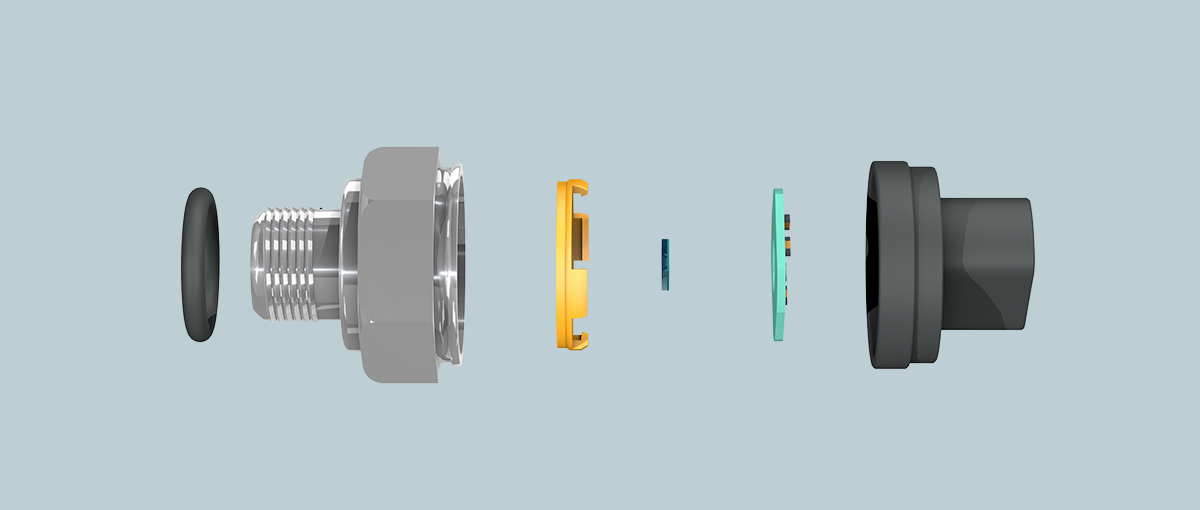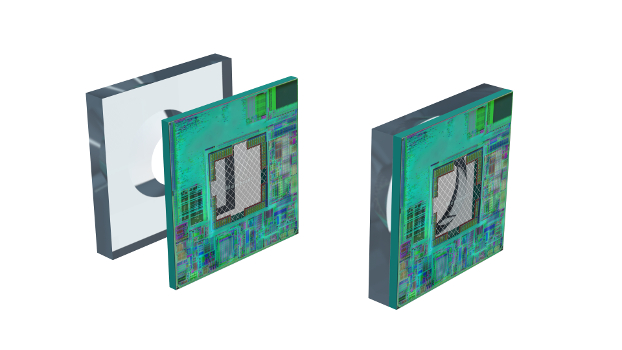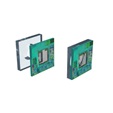MEMS demonstrates its value in dealing with mid-range pressure measurement
By Laurent Otte, Melexis
The application of micro-electro-mechanical system (MEMS) technology into a pressure sensing context is far from new. This approach has shown itself to be highly effective in a variety of system designs for several decades. The performance and reliability offered by such devices, as well as their extremely compact nature, have proved beneficial to the automotive and medical sectors in particular. They have been utilized predominantly for tasks where low pressures are involved (0 to 5 bar), but increasingly the potential merits of MEMS further up the pressure scale are starting to be recognized.

Traditionally pressure measurement systems within the 10 to 50 bar range have relied on cumbersome electro-mechanical technologies, such as strain gauges on ceramic substrates. These have several attributes, however, that put limitations on the scope of their deployment. Firstly their construction tends to be quite bulky, which has meant they are not ideal in space-constrained applications. Secondly they have certain susceptibilities to wear and tear over time (due to their seals eventually becoming compromised).
The alternative has been to specify a discrete MEMS solution, but there are unfavorable issues associated with them too. Often the sensor needs to be sourced from one supplier, but as they will not have the expertise necessary to deal with the supporting electronics, it is necessary to engage with another supplier for this. Such procedures have had serious implications in terms of more complex assembly and subsequent integration of electro-magnetic compatibility (EMC) protection mechanisms, as well as the testing that must follow on from this. The inconvenience of this strategy has meant that MEMS is still to make significant progress in application scenarios where mid-range pressure values need to be established, yet the robustness, compactness and overall cost effectiveness that MEMS would offer is clearly very appealing.
Rather than a discrete MEMS solution, what is desirable is an integrated solution, where as well as the actual sensor all the accompanying electronics needed for data conversion and signal processing is built in. With the objective of tackling this problem, experienced research and development professional at Melexis have come up with a unique solution that is capable of addressing mid-range MEMS-based pressure measurement, with all the necessary functionality incorporated directly onto the chip. This draws on the company’s longstanding experience across a broad range of complex engineering disciplines and the determination to overcome technical challenges through ingenuity. The result is a pressure sensing solution that is much more streamlined and significantly easier to implement than those of the competition.

The sensing element of the MLX90819 comprises a micro-machined diaphragm which has been etched onto the backside of a CMOS substrate. This diaphragm becomes distended when there is a pressure difference between its opposing surfaces. As a result a relative pressure value can be ascertained to a high degree of precision through the signal produced by piezo-resistive transducers located around the diaphragm’s edge. The innovative glass pedestal arrangement utilized by this device (as shown in the diagram above) means that the sensor element can be exposed to the application environment from the side where its bond pads and wire bonding are not present.
This means that these items are not exposed to harmful media that could potentially damage them (such as oil). It is able to offer strong performance characteristics, providing ±0.2% linearity across its entire operational pressure range and 1ms responsiveness. Temperature offset and gain compensation, plus numerous diagnostic features are included.
A next generation solution optimized from mid-range pressure measurement which fully exploits the many key advantages relating to MEMS technology.
There is a choice of interface options, with the sensor transmitting either an analog signal or (in cases where a digital output is required) data packets being transmitting via the SENT protocol. So that it can be placed in demanding automotive and industrial settings, an operational temperature range of -40°C to 150°C is covered. This sensing solution is highly suited to fluid pressure measurement in automobile HVAC, engine oil/coolant, dual clutch transmission and continuous variable transmission systems, as well as truck air brakes and factory automation equipment.
Through its belief in inspired engineering, Melexis has been able to introduce a next generation solution optimized from mid-range pressure measurement which fully exploits the many key advantages relating to MEMS technology. It permits significant system miniaturization, simplifies the assembly process, lowers the bill-of-material costs and makes EMC compliance easier to deal with. This is certain to open up new opportunities that the industry as a whole had previously overlooked.

